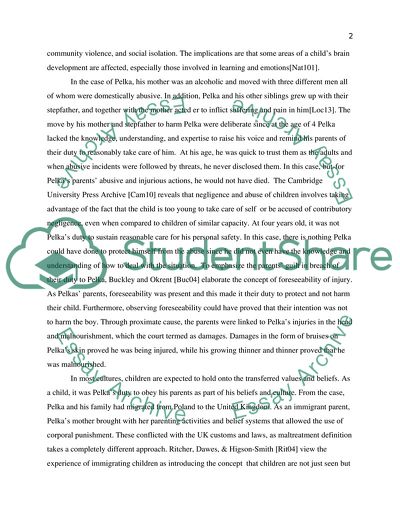Cite this document
(Critiquing a High Profile Serious Case of Daniel Pelka Essay, n.d.)
Critiquing a High Profile Serious Case of Daniel Pelka Essay. Retrieved from https://studentshare.org/nursing/1860094-critiqing-a-high-profile-serious-case-reportdaniel-pelka
Critiquing a High Profile Serious Case of Daniel Pelka Essay. Retrieved from https://studentshare.org/nursing/1860094-critiqing-a-high-profile-serious-case-reportdaniel-pelka
(Critiquing a High Profile Serious Case of Daniel Pelka Essay)
Critiquing a High Profile Serious Case of Daniel Pelka Essay. https://studentshare.org/nursing/1860094-critiqing-a-high-profile-serious-case-reportdaniel-pelka.
Critiquing a High Profile Serious Case of Daniel Pelka Essay. https://studentshare.org/nursing/1860094-critiqing-a-high-profile-serious-case-reportdaniel-pelka.
“Critiquing a High Profile Serious Case of Daniel Pelka Essay”, n.d. https://studentshare.org/nursing/1860094-critiqing-a-high-profile-serious-case-reportdaniel-pelka.


